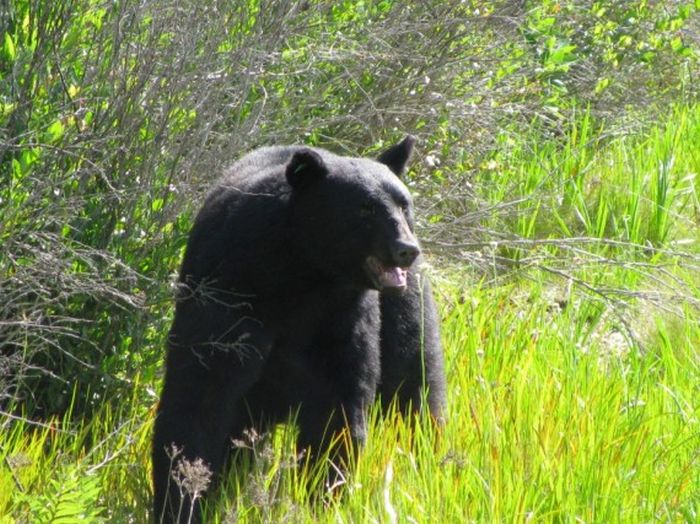|
|
Saving A Bear From Drowning
|
The giant panda's taxonomy (subfamily Ailuropodinae) has long been debated. Its original classification by Armand David in 1869 was within the bear genus Ursus, but in 1870 it was reclassified by Alphonse Milne-Edwards to the raccoon family. In recent studies, the majority of DNA analyses suggest that the giant panda has a much closer relationship to other bears and should be considered a member of the family Ursidae. Estimates of divergence dates place the giant panda as the most ancient offshoot among living taxa within Ursidae, having split from other bears 17.9 to 22.1 Ma ago. The red panda was included within Ursidae in the past. However, more recent research does not support such a conclusion and instead places it in its own family Ailuridae, in superfamily Musteloidea along with Mustelidae, Procyonidae, and Mephitidae. Multiple similarities between the two pandas, including the presence of false thumbs, are thus thought to represent an example of convergent evolution for feeding primarily on bamboo.
There is also evidence that, unlike their neighbors elsewhere, the brown bears of Alaska's ABC islands are more closely related to polar bears than they are to other brown bears in the world. Researchers Gerald Shields and Sandra Talbot of the University of Alaska Fairbanks Institute of Arctic Biology studied the DNA of several samples of the species and found that their DNA is different from that of other brown bears. The researchers discovered that their DNA was unique compared to brown bears anywhere else in the world. The discovery has shown that while all other brown bears share a brown bear as their closest relative, those of Alaska's ABC Islands differ and share their closest relation with the polar bear. There is also the very rare Tibetan blue bear, which is a type of brown bear. This animal has never been photographed.
Koalas are often referred to as bears due to their appearance; they are not bears, however, but marsupials.
|
|









